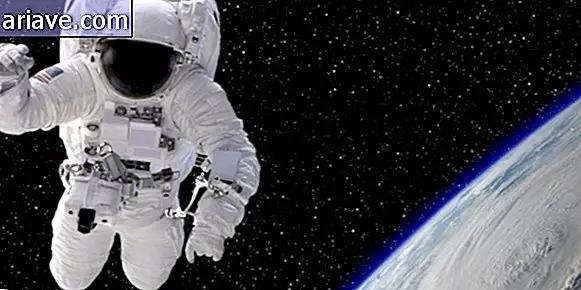Voyager I captures radiation changes and enters unexplored region of space
In 1977, the administration of US President Jimmy Carter was responsible for sending Voyager I and II spacecraft into space. The goal was to further investigate the planets Jupiter and Saturn and, if the equipment survived, to be able to move on and send more relevant data to Earth.
Voyager II arrived in Neptune in 1989, while Voyager I was eventually expelled by Saturn's gravity in a trajectory that sent it to the ends of our Solar System. Now, the international press warns that the first spacecraft has finally reached the limits of our space "backyard", past the "fence" and following its space travel.
Astronomers at NASA's Jet Propulsion Laboratory have now announced that the spacecraft has sent data demonstrating dramatic changes in radiation measurement, indicating that Voyager I has entered an unknown region of space, being far from the field of action of the emitted particles. by our sun.
By December of last year, scientists had announced that this could happen within a few months or years, and apparently the time has come. Now any data sent by Voyager is of great value to researchers, as the probe is in a completely unknown region and is being monitored for the first time.
Errata: The Limits of the Solar System
Although the news initially stated that the Voyager I spacecraft had left the Solar System, NASA has made a point of stressing recently that this may not be the case. Unlike Earth, the Solar System has no such well-defined boundaries and therefore it would not be scientifically correct to claim such a claim.
For now, the information released by the space agency is limited to saying that the spacecraft is now in an unexplored region of space. Which in practice means that she is so far away that it is intriguing.











